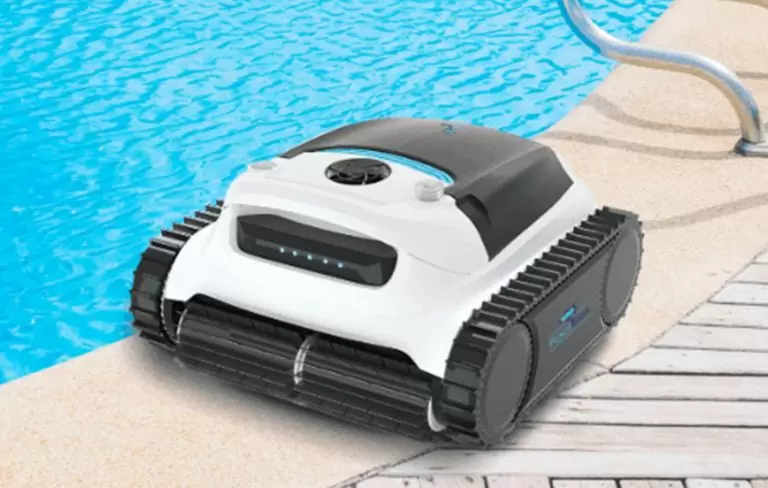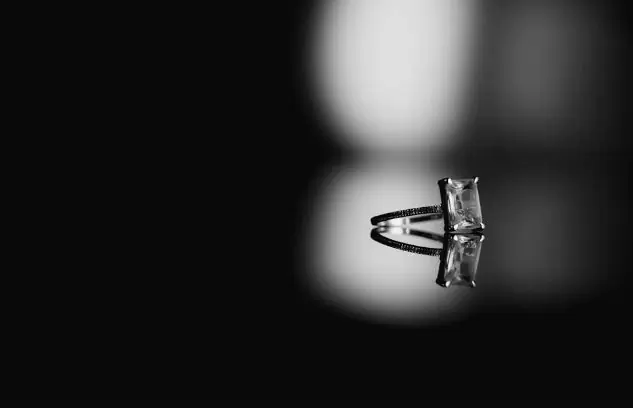How To Floss With Braces
Flossing with braces may seem like a daunting task, but it is an essential part of maintaining good oral hygiene. One technique that many dental professionals recommend is using a floss threader. This tool allows you to easily weave the floss between the wires and brackets of your braces, ensuring that you can clean those hard-to-reach areas effectively.
It’s important to use enough floss and move it gently up and down between each tooth. Be careful not to apply too much pressure, as this can damage your braces or cause them to come loose. A water flosser can also be an effective tool for cleaning around your braces, but it should not replace traditional flossing methods altogether.
Taking the time to floss with braces properly will help prevent tooth decay, gum disease, and other oral health issues. If you’re unsure about properly caring for your teeth while wearing braces or have concerns about your dental health, don’t hesitate to contact your dentist or orthodontist for guidance.
Braces oral hygiene
Flossing with braces can be a challenge, but it’s essential to maintain good oral hygiene. First, start using a floss threader or orthodontic floss to get the job done. It helps you navigate the threads around your braces and avoid hurting your gums.
Next, slide the floss gently between your teeth and under the wire of your braces. Once you’ve threaded the floss under the wire, wrap it in a “C” shape around each tooth and move it up and down to remove any food particles or plaque buildup.
It’s also crucial to floss regularly – at least once daily – to prevent cavities and gum disease while wearing braces. Neglecting proper oral hygiene could lead to white spots on your teeth after getting them removed, so don’t skip out on this essential step in maintaining healthy teeth and gums during brace treatment.
Floss threaders
Flossing with braces can be challenging, but it’s important for maintaining good oral hygiene. One tool that can make the process easier is a floss threader. A floss threader is a small plastic tool that helps guide dental floss under the wires and brackets of your braces. It allows you to clean between teeth and remove food particles that brushing alone may not reach.
To use a floss threader, insert the floss into the loop of the threader and then guide it under the wire or bracket by threading it through. Once it’s threaded through, you can remove the threader and move on to another tooth. Using the proper floss threader technique is important to ensure effective cleaning without damaging your braces.
Incorporating a floss threader into your daily oral care routine while wearing braces can help prevent plaque buildup and cavities in hard-to-reach areas. Speak with your orthodontist about any questions or concerns regarding proper dental hygiene during orthodontic treatment.
What are some tips for flossing with braces?
Flossing with braces can be challenging, but it is essential to maintaining good oral hygiene. Here are some tips to make flossing easier:
Use a floss threader:
A floss threader is a small tool that helps you guide the floss under the wires of your braces. It makes it much easier to reach between teeth and remove food particles.
Be gentle:
Floss carefully around each wire, not pulling too hard or snapping the floss against your gums.
Take your time:
Flossing with braces takes longer than without them, so don’t rush through it. Take your time and make sure you do a thorough job.
Consider using specialized products:
There are special types of floss designed specifically for people with braces, such as waxed floss or interdental brushes.
Don’t neglect other parts of your mouth:
While cleaning around your braces, don’t forget to continue brushing and cleaning all other areas of your mouth.
With these tips, you can maintain healthy teeth and gums while wearing braces!
How often should I floss with braces?
Flossing with braces is essential for maintaining good oral hygiene. Braces create more areas for food particles and plaque to accumulate, making it crucial to clean the teeth properly. Orthodontists recommend that people with braces floss at least once a day or after every meal. Flossing with braces can be challenging, but using the right tools and technique makes it easier.
The ideal tool for flossing with braces is a special orthodontic floss threader. This tool helps you manoeuvre the floss around brackets and wires easily. Alternatively, you can use an interdental brush or a water pick to remove food particles from hard-to-reach spots between your teeth and braces. Remember to be gentle when cleaning around your brackets and wires since they are delicate.
In conclusion, if you have braces, you must make sure that you are regularly cleaning your teeth by flossing at least once daily or after each meal using proper techniques – either orthodontic floss threaders, interdental brushes, or water picks – which will help ensure that no buildup of food debris or plaque could lead to tooth decay or gum disease down the line.
FAQs
Can I use traditional floss with braces?
Traditional floss can be difficult to use with braces as it may get caught on the wires and brackets. It is recommended to use a special orthodontic floss or a floss threader to help guide the floss between each tooth and behind the wires.
How often should I floss with braces?
When wearing braces, it is important to floss at least once a day, preferably before bed. It helps remove any food particles and plaque accumulated throughout the day.
Will it hurt to floss with braces?
Flossing with braces may cause some discomfort initially as your gums adjust to the pressure of the dental appliances. However, this discomfort should subside after a few days of consistent flossing. Consult your orthodontist for further guidance if you experience persistent pain or bleeding.










